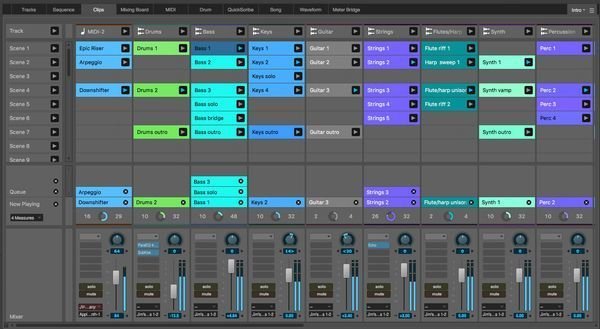

The Bright preset is similar to the high pass and presence boost EQ in manual mode. If you want a bassier vocal tone, select the Dark preset. The natural frequency response produces the most flexible audio file of the auto level mode options. The high pass and presence boost EQ is great for those with low voices who habitually sit close to the mic. The presence boost setting only affects treble notes. The high pass EQ setting de-emphasizes bass notes. The flat frequency response produces accurate audio. If you need to adjust your gain, be sure that your mic stops moving before you start recording again. Although the process isn’t laborious, the problem lies in how touching the mic introduces unwanted noise into the recording. It’s hard to make volume adjustments when speaking because doing so requires two hands-one to hold the mic and the other to slide along the touch panel. The touch panel looks cool, albeit a little out of place on this classic microphone design, but I found it less effective than standard knobs, dials, and switches.
Motu digital performer upgrade download#
It features other, more premium comforts found on the SM7B like adjustable frequency responses-though, with the MV7 you must download the ShurePlus MOTIV app, whereas it’s integrated as hardware switches on the SM7B. On the back of the body, you’ll find an XLR, microUSB, and headphone jack output.

The panel also includes a mic mute toggle for on-the-fly changes. The Shure MV7 is an approachable microphone that lacks buttons and switches instead, Shure outfitted the mic with a touch panel decorated by a row of LED lights to indicate the gain level. Instead Shure installed a touch panel to control gain or mute the mic. The housing is devoid of any actual buttons.


 0 kommentar(er)
0 kommentar(er)
